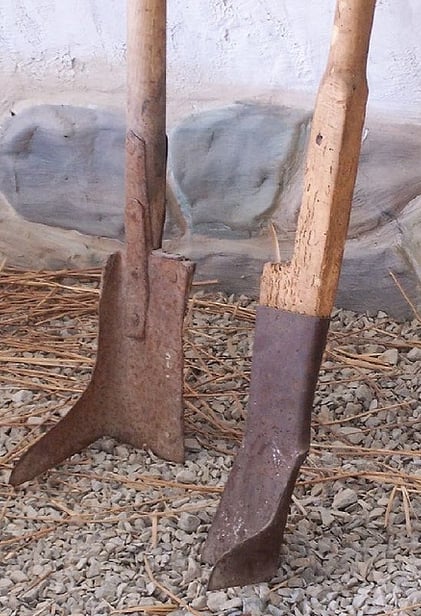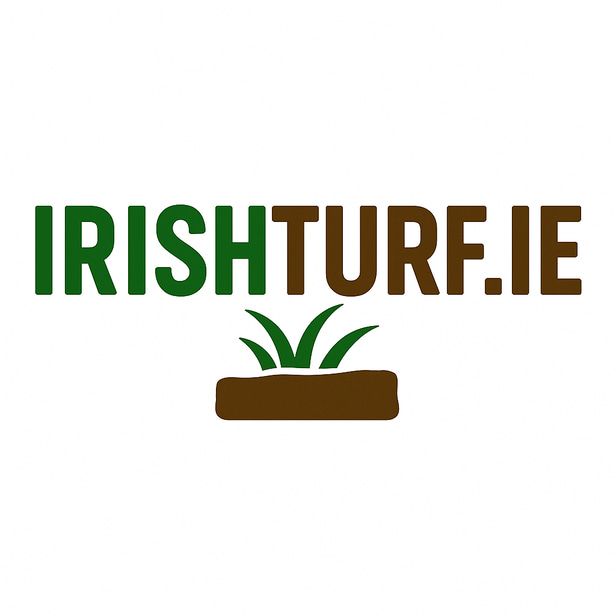The Slean: Ireland’s Iconic Tool for Cutting Turf
In the heart of rural Ireland, the rhythmic, grounded act of cutting turf from a bog has long been an essential part of life—and at the center of this tradition is the slean. Also spelled slan, this unique, angled spade has been used for generations to harvest peat, a practice deeply embedded in Irish culture and identity.


The slean is more than a simple tool; it is a symbol of hard work, community, and the enduring connection between the Irish people and their landscape. Traditionally crafted with a long wooden handle and a narrow iron or steel blade set at a right angle, the slean allows for precise cutting of sods of turf from the bog face. Its clever design helps the cutter remove neat, rectangular blocks of peat which are then laid out to dry before being used as fuel.
The exact origins of the slean are difficult to pinpoint, but the use of turf as fuel in Ireland dates back well over a thousand years. Turf cutting likely began informally in prehistoric times, with tools evolving over the centuries. By the early medieval period (circa 9th–12th century), turf cutting had become a well-established practice. Over time, as techniques improved and bogs became more vital to rural economies, the slean became standardized in both shape and function.
Different regions in Ireland developed their own variations of the slean, suited to the type of bog and the nature of the peat. In the Midlands, where raised bogs are most common, the double-edged slean was favoured—it allowed the cutter to remove a sod and immediately slice the next one with minimal movement. In contrast, areas with wetter blanket bogs might use a single-sided version, with a slight curve to aid in prising the turf free from sticky ground.
The art of using the slean is a skill passed down through generations. Turf cutting was traditionally a communal activity, especially during spring and early summer. Families and neighbours would gather on the bog, cutting, footing (stacking), and turning turf to dry it out in the sun and wind. The process was labour-intensive, often marking the beginning of the warmer season and bringing communities together in mutual cooperation.
Today, the use of the slean has declined due to mechanization and environmental regulations aimed at protecting Ireland’s boglands. However, in many rural areas—especially in counties such as Offaly, Roscommon, and Mayo—some families still cut their turf by hand using the traditional slean, keeping the practice alive. It remains a powerful emblem of Ireland’s rural heritage, and the distinctive, musty aroma of a turf fire still evokes strong memories and emotions for many.
Museums, folk festivals, and cultural events often include demonstrations of slean turf cutting to preserve this iconic tradition. In a modern Ireland increasingly focused on sustainability and conservation, the slean stands as a reminder of a time when people lived more directly from the land—through skill, endurance, and a deep respect for nature.
